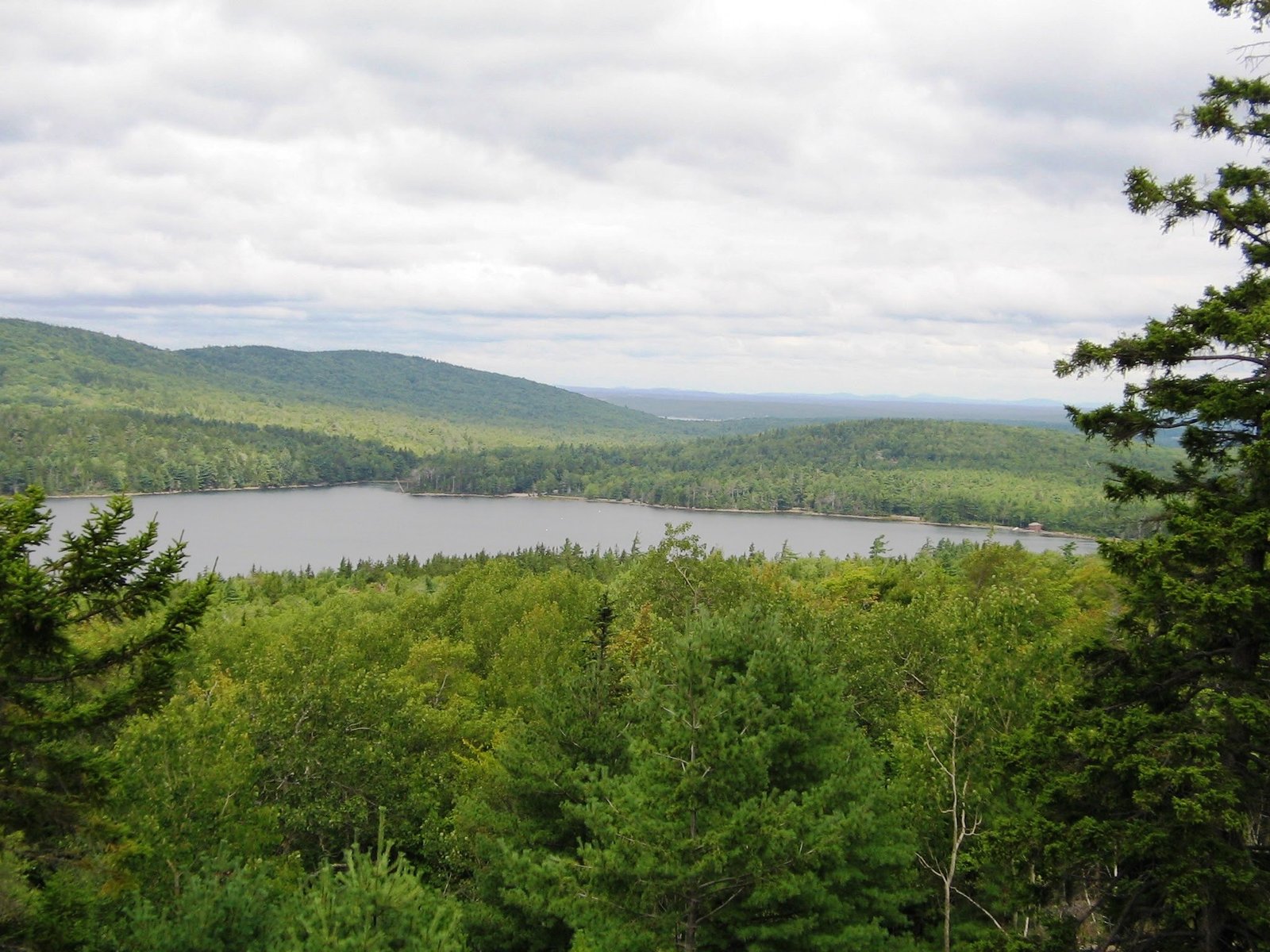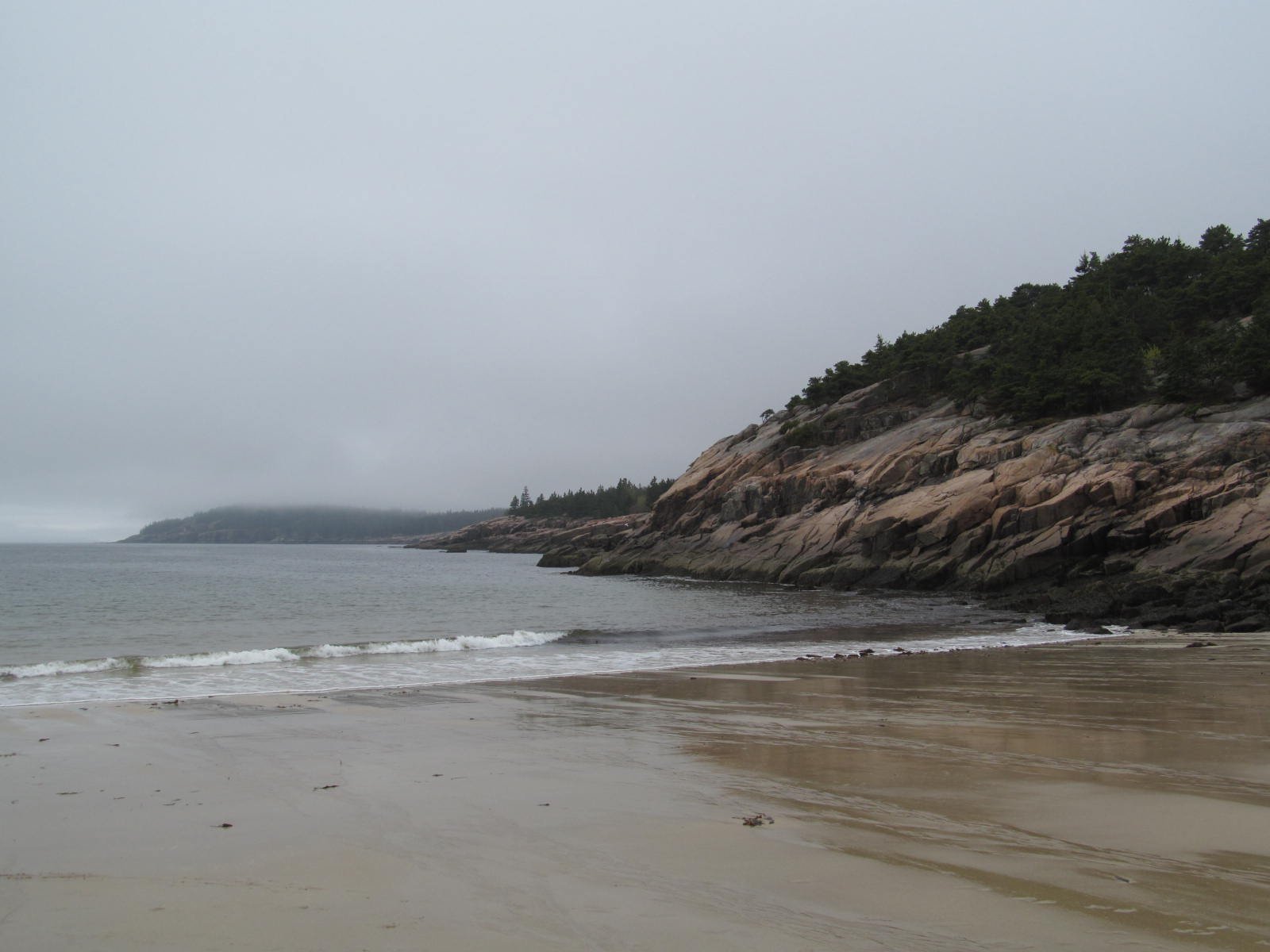Climate change in Acadia National Park is causing significant environmental shifts. The park is experiencing warmer temperatures, especially in winter, increased precipitation variability, and rising sea levels. These changes are impacting ecosystems, wildlife, and visitor experiences. Park managers are implementing adaptation strategies to enhance resilience and protect biodiversity. Understanding these changes is crucial for preserving Acadia’s unique landscape and ecosystems for future generations.
What Are the Specific Climate Changes Observed in Acadia National Park?

Acadia National Park has been experiencing notable climate changes over the past century, with accelerated shifts in recent decades. These changes are reshaping the park’s environment and ecosystems in various ways:
Temperature Changes
- Winters have warmed by approximately 5°F compared to a century ago
- The warm season has extended by about two weeks
- The growing season has increased by two weeks since 1950
Precipitation Patterns
- Increased frequency of high-intensity precipitation events
- 1-2 additional days per year with 2+ inches of precipitation
- 2-3 more days per year with 1 inch of precipitation
- Greater precipitation variability, with wetter wet periods and drier dry periods
Coastal Impacts
- Rising sea levels affecting coastal areas
- Increased coastal erosion and flooding due to more intense storms
How Is Climate Change Affecting Biodiversity in Acadia National Park?

The changing climate is having significant impacts on the park’s flora and fauna:
Species at Risk
- Loss of major species due to changing environmental conditions
- Alterations in habitats affecting species distribution and abundance
Ecosystem Changes
- Shorter winter seasons and reduced snow cover impacting cold-adapted species
- Extended growing seasons affecting plant communities and wildlife behaviors
Marine Life Impacts
- Changes in ocean temperatures and chemistry affecting marine ecosystems
- Potential shifts in fish populations and seabird nesting patterns
What Adaptation Strategies Are Being Implemented in Acadia National Park?
To address the challenges posed by climate change, Acadia National Park is implementing several adaptation strategies:
Salt Marsh Restoration and Conservation
- Part of a $2.5 million initiative to increase coastal resilience
- Aims to protect and restore salt marshes crucial for coastal ecosystems
Seagrass Meadow Restoration
- Efforts to reverse the loss of seagrass meadows
- Part of a broader $800,000 initiative to enhance marine habitats
Fish Species Vulnerability Assessment
- $1.84 million project to assess and address the vulnerability of fish species to climate change
- Focuses on eastern national parks, including Acadia
How Can Visitors Learn About Climate Change in Acadia National Park?
Acadia National Park offers various opportunities for visitors to learn about climate change and its impacts:
Educational Programs
- Park managers and scientists conduct educational programs on climate change impacts
- Research projects involving visitors and volunteers, such as the Great Meadow Wetland and Bass Harbor Marsh projects
Interpretive Tours and Exhibits
- Guided tours focusing on climate change effects in the park
- Exhibits highlighting environmental changes and conservation efforts
Citizen Science Opportunities
- Programs allowing visitors to participate in data collection and monitoring activities
- Opportunities to contribute to ongoing research on climate change impacts
What Are the Long-term Projections for Climate Change in Acadia National Park?
While specific long-term projections are not detailed in the available sources, general trends suggest:
Temperature Projections
- Continued warming, particularly in winter months
- Potential for more frequent and intense heatwaves
Precipitation and Storm Projections
- Increased variability in precipitation patterns
- More frequent intense rainfall events and potential for both floods and droughts
Sea Level Rise Projections
- Continued rise in sea levels affecting coastal areas of the park
- Increased risk of coastal flooding and erosion
How Can Visitors Contribute to Climate Change Mitigation in Acadia National Park?
Visitors can play a role in mitigating climate change impacts:
- Practice Leave No Trace principles
- Use sustainable transportation options within the park
- Participate in volunteer programs focused on conservation
- Support park initiatives through donations or membership in park organizations
- Educate themselves and others about climate change impacts in national parks
By understanding and addressing climate change in Acadia National Park, we can help preserve this unique ecosystem for future generations to enjoy and study.

